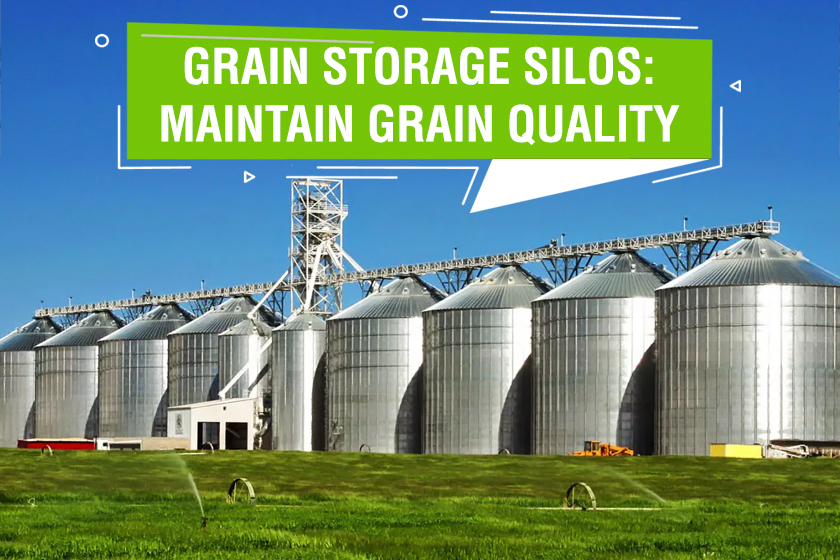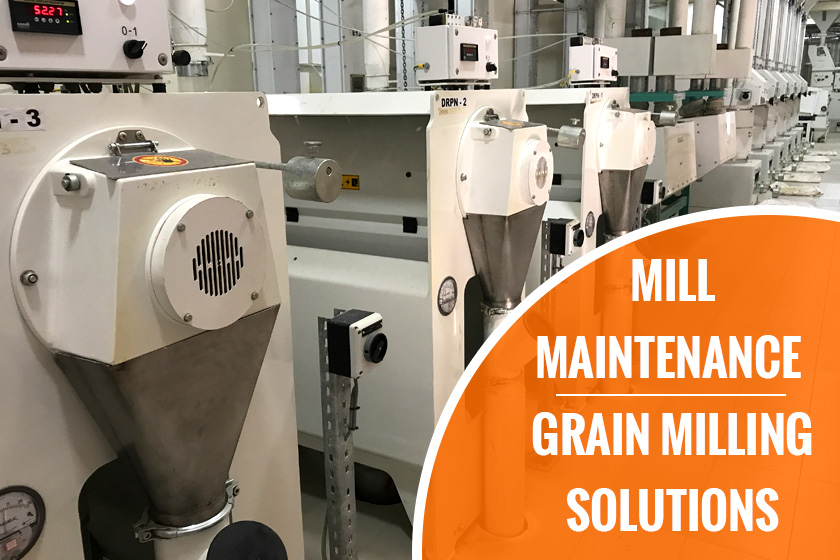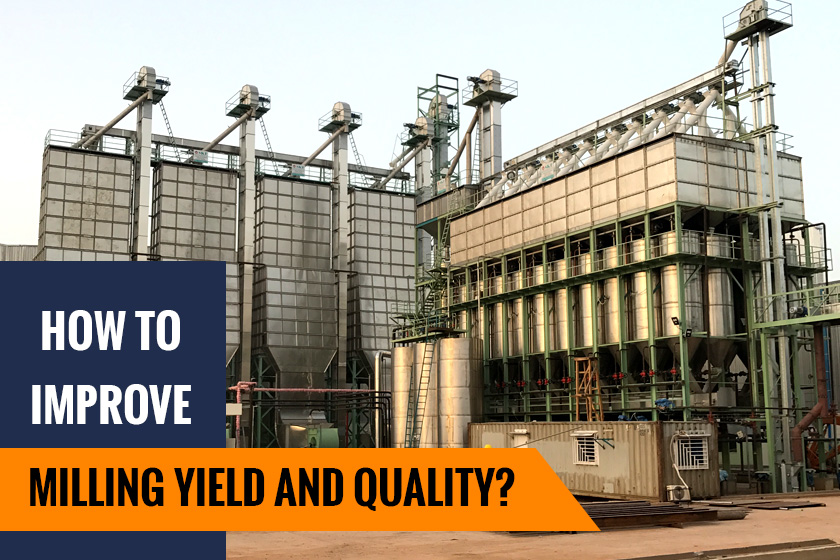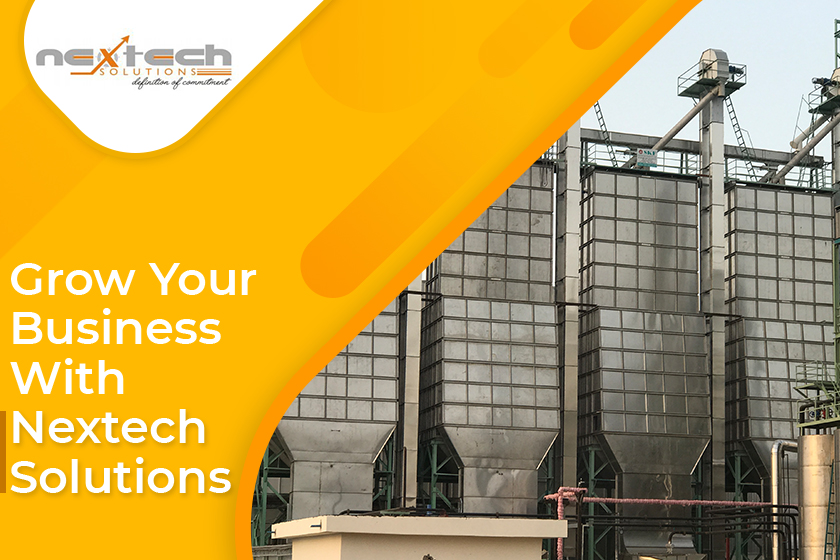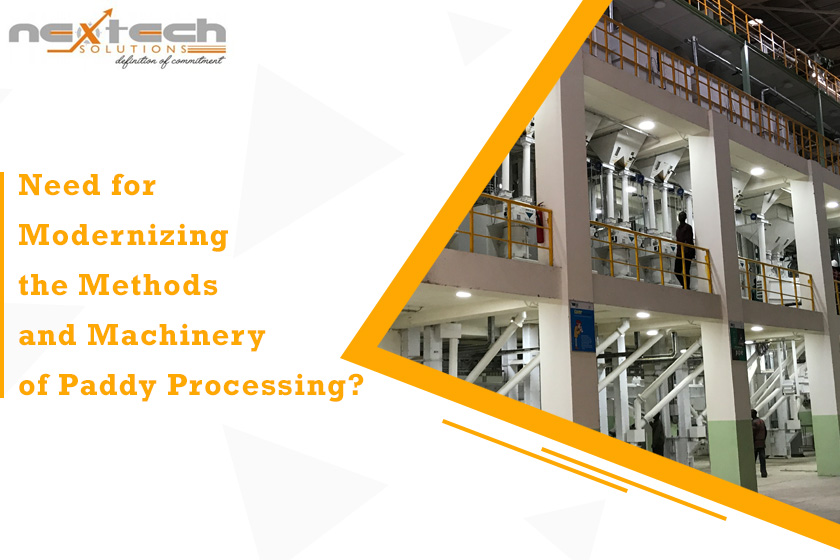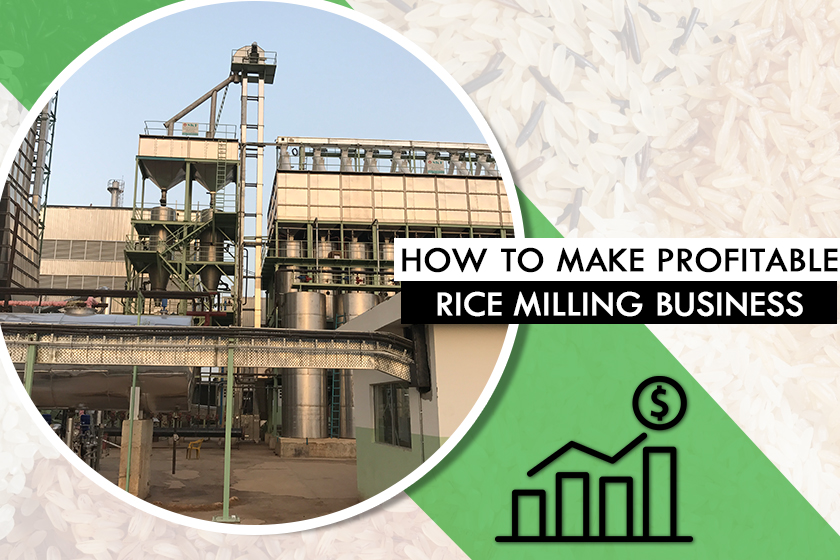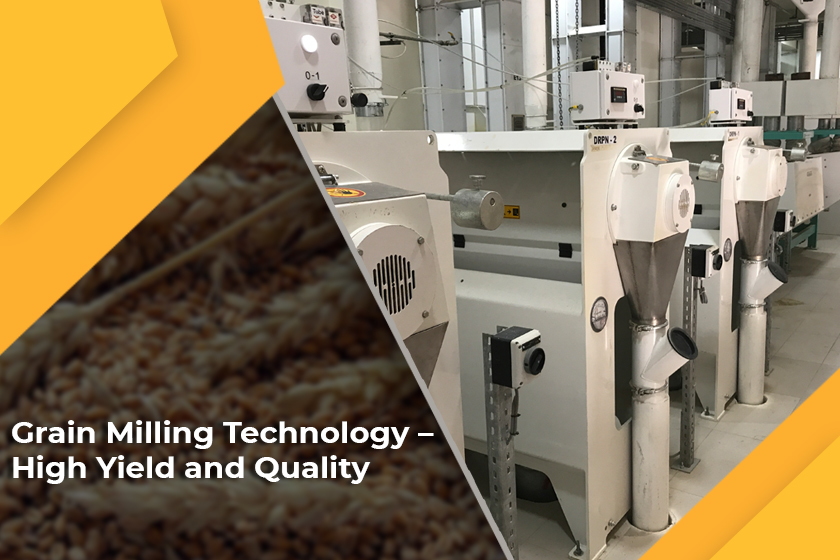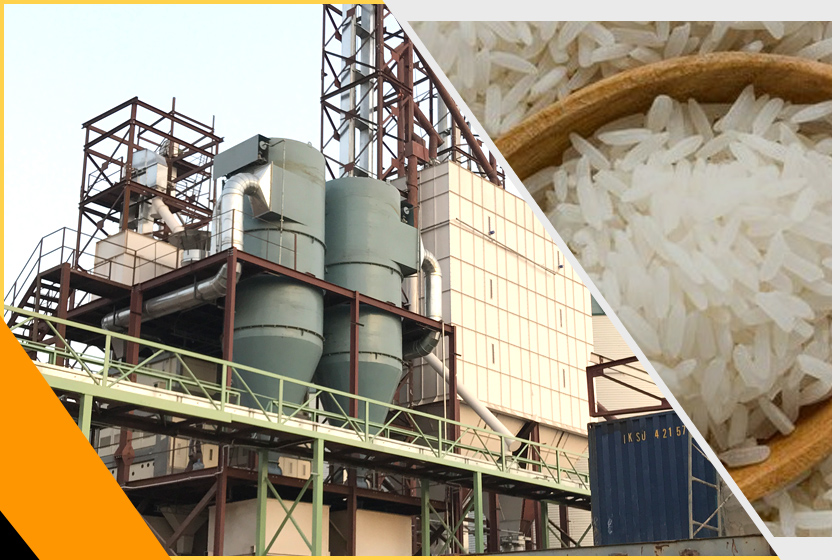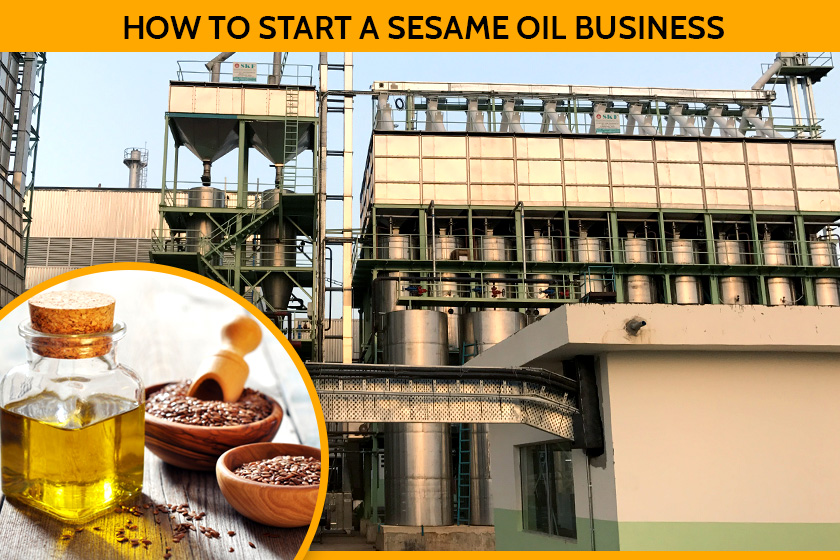Grain which is stored by the farms either for seed or for feeding of livestock is a very beneficial investment. As the season tends to end, the farmers or even the large industries of grain have to face one last big challenge which is the management of storage. As grains are stored for a relatively long period of time, storage of the same is considered as a very delicate process of grain production which also needs proper management.
For the need of maximizing the life of Grain Storage and also for preserving the total yield, most of the farmers and industries today opt for silos which make it easier for them to store up all the yield. Silos are the modern-day high-capacity industrial or commercial structures which are extensively used for permanent storage of grain. Not only storage but the commercial silos also help by providing various functions of harvest management.
For instance, silos can also be used for grain collection and also as centers of distribution. Most importantly, silos help in maintaining the quality of the grain. Grains are very much prone to bacteria, insects and fungal growth. Silos help in maintaining the moisture levels and thus prevent the grain from getting wasted. The sealed form of a silo is regarded as the best choice when it comes to the protection of grain. It is also recommended to have at least one large sealed silo for controlling weevils in the stored grain. When it comes to sealed silos, nothing can be better than Nextech Solutions. They also function as Storage Silo Consultant.
Silo allows fumigation of the stored grain so that it can eradicate all forms of insects and bacteria from the stored grain. For final export or distribution, it is very important to maintain the quality of the grain which becomes easier by the use of silos. Also, silos help in maintaining the temperature inside so that the grain can be kept fresh.
If you are confused about whom to choose as your storage silo project consultant, Nextech Solutions is right here for you. Not only silos but they also function as rice mill engineers and designers and also as Rice Mill Consultant. So, if you have any kind of requirement regarding grain storage or any kind of commercial Grain Milling Solution, feel free to contact Nextech Solutions for getting the best advices and services for your grain.
 MAIL US :
MAIL US :
 CALL US :
>
CALL US :
>
